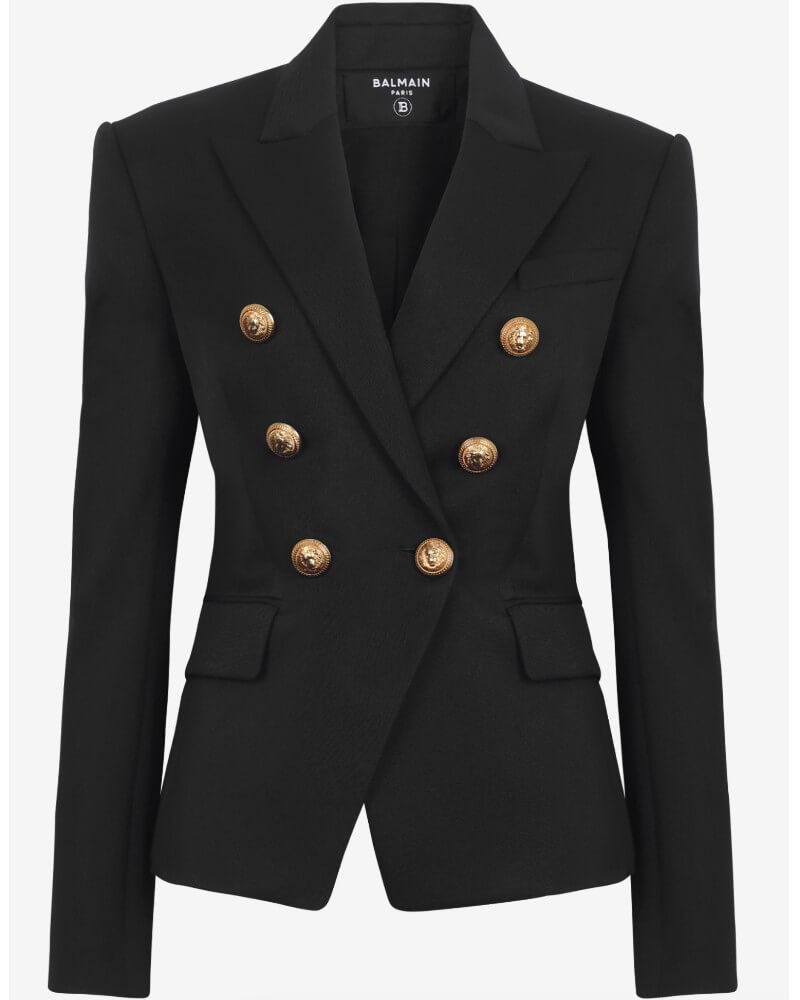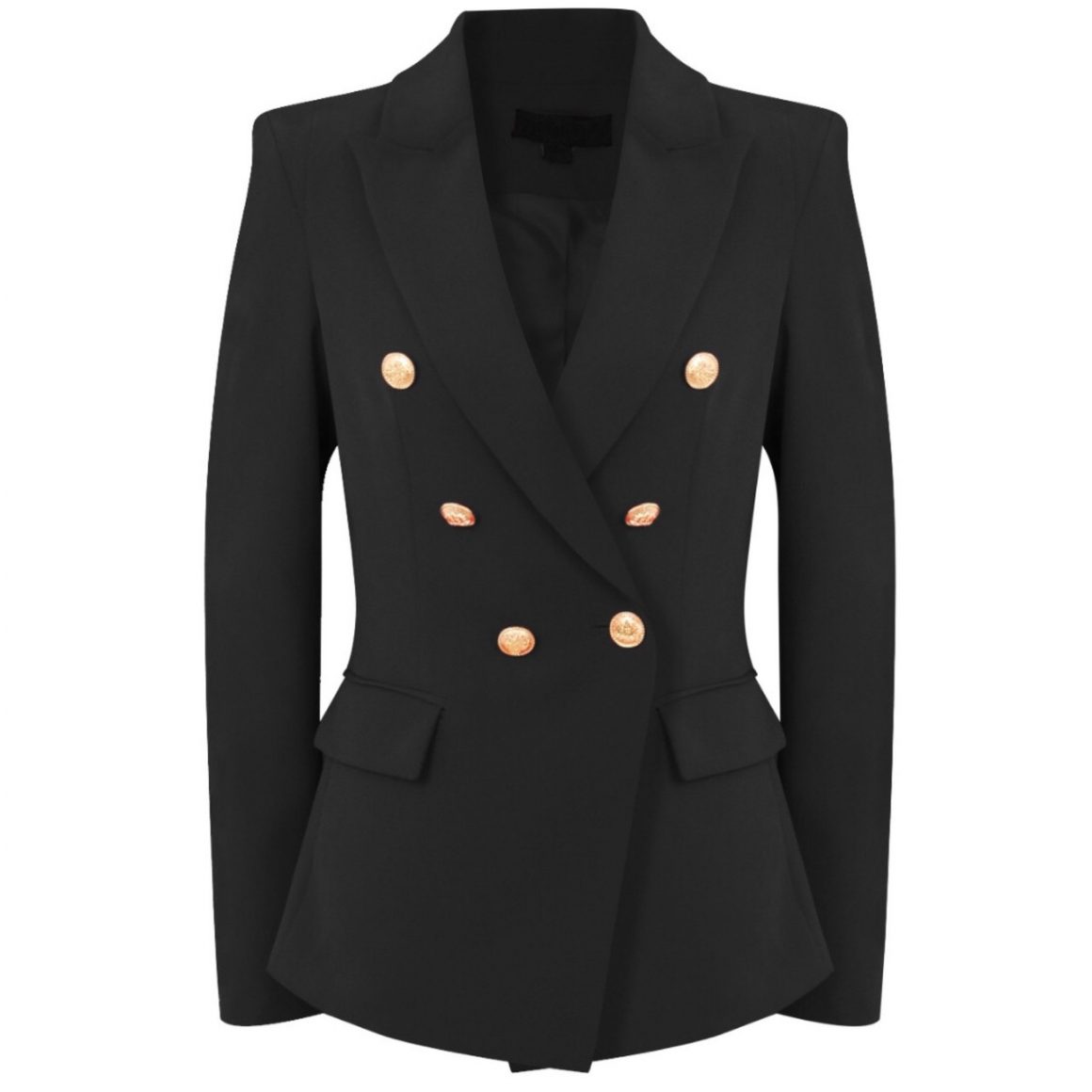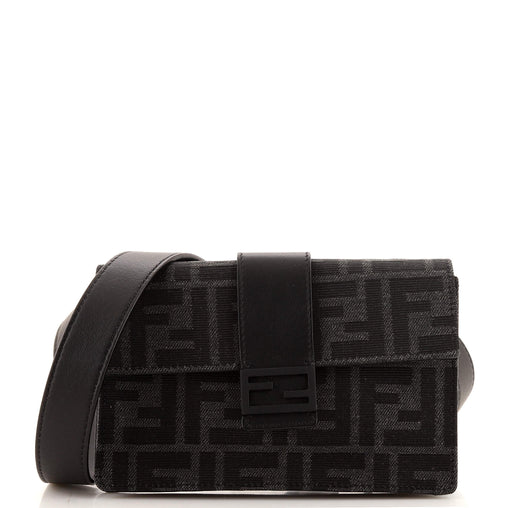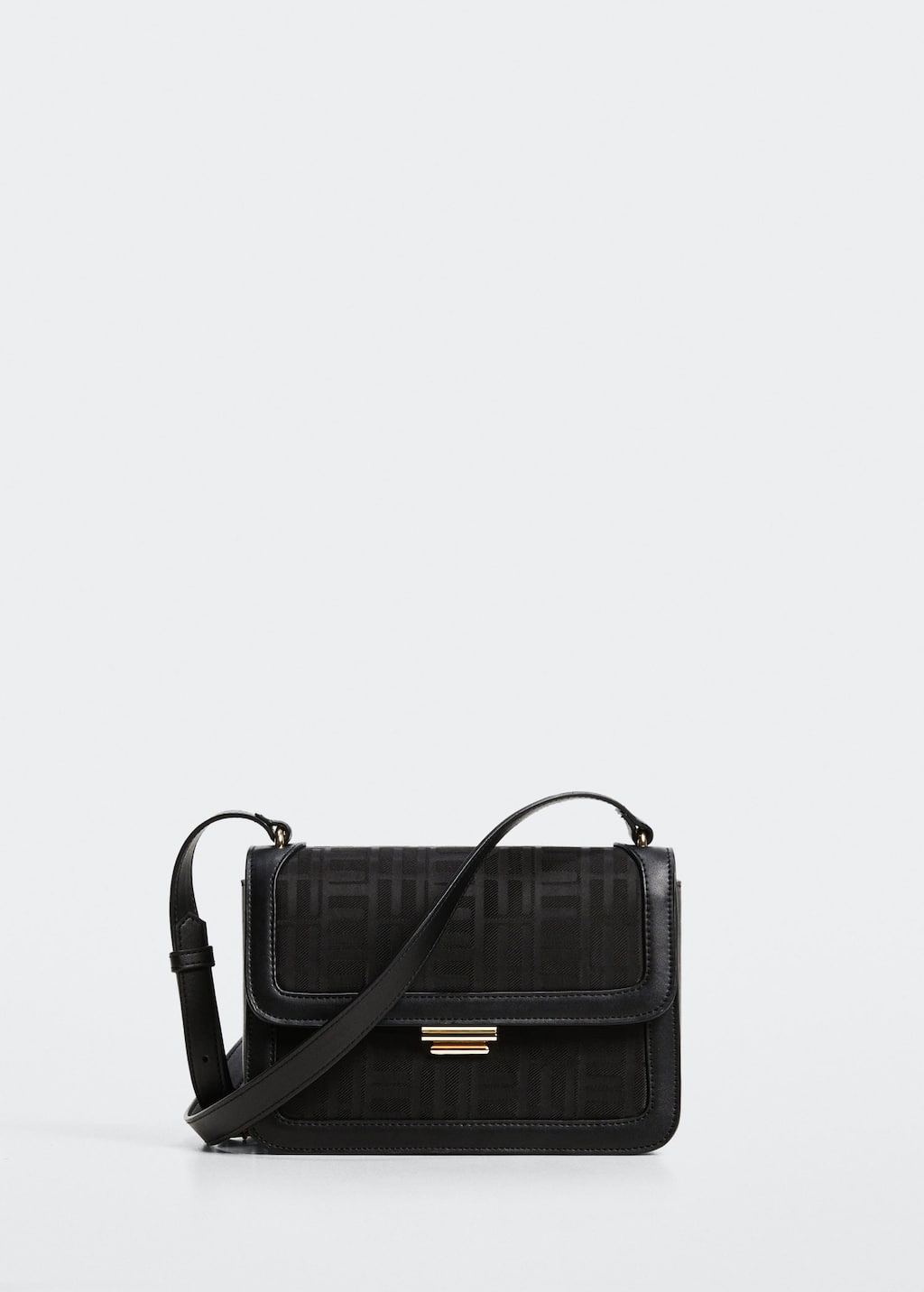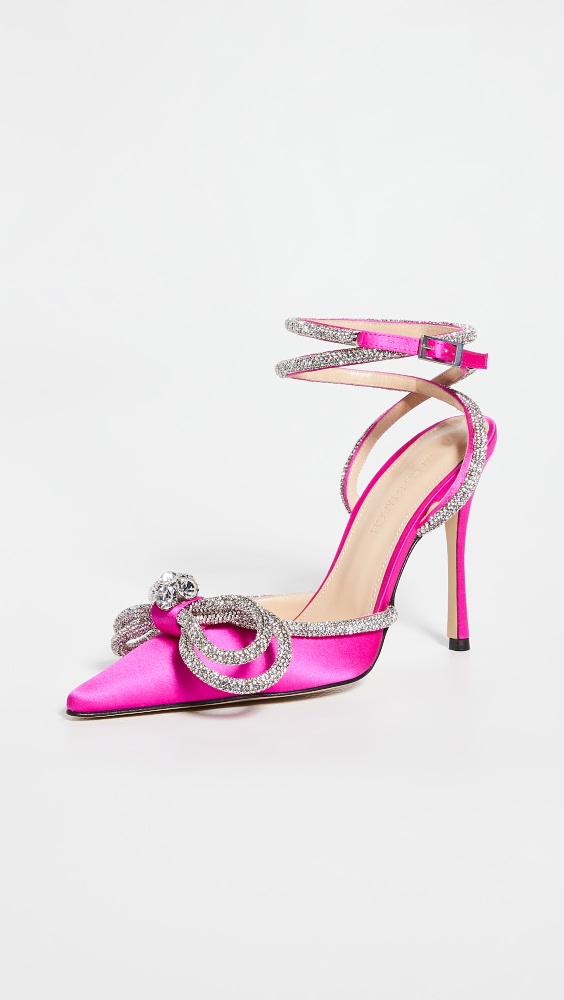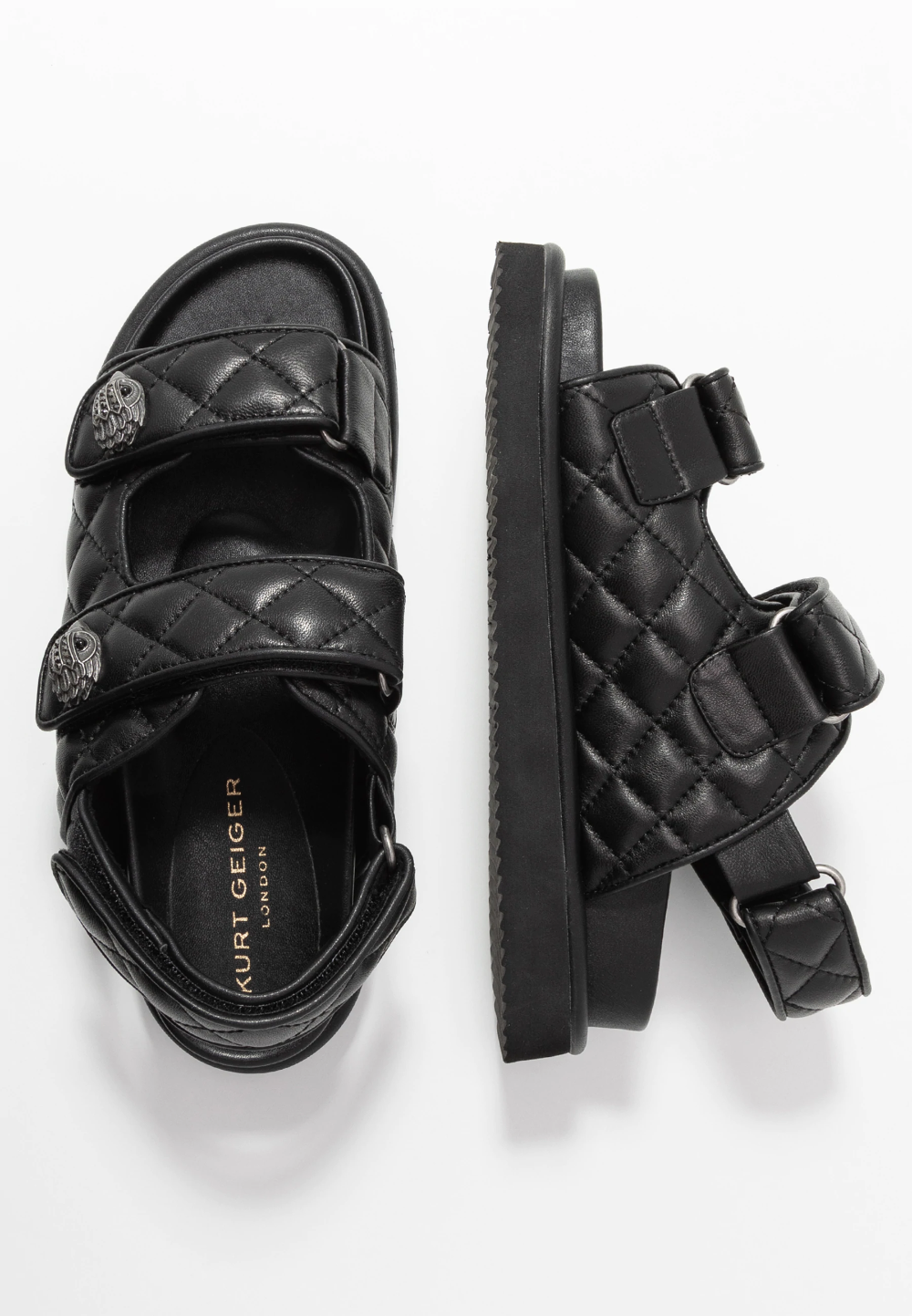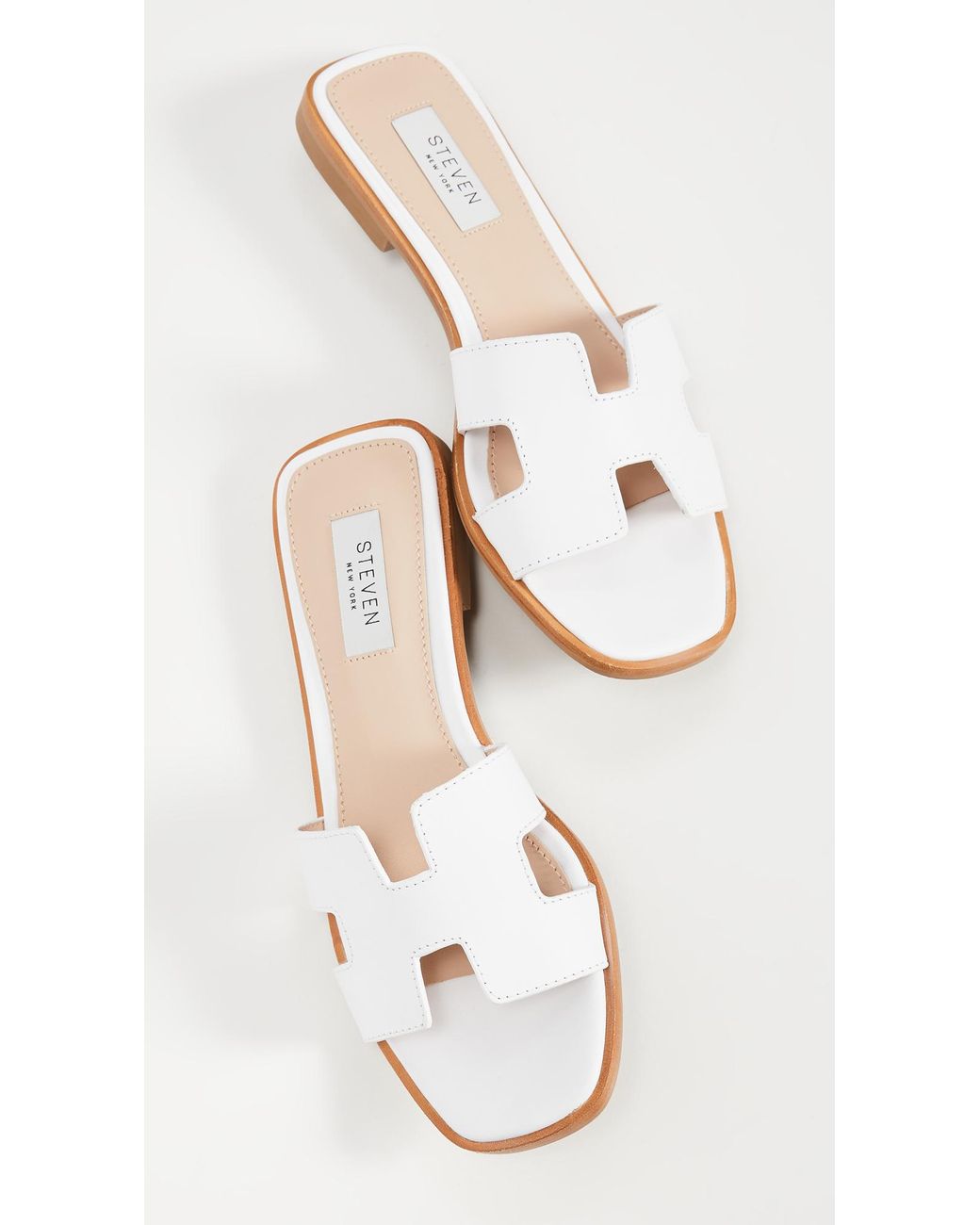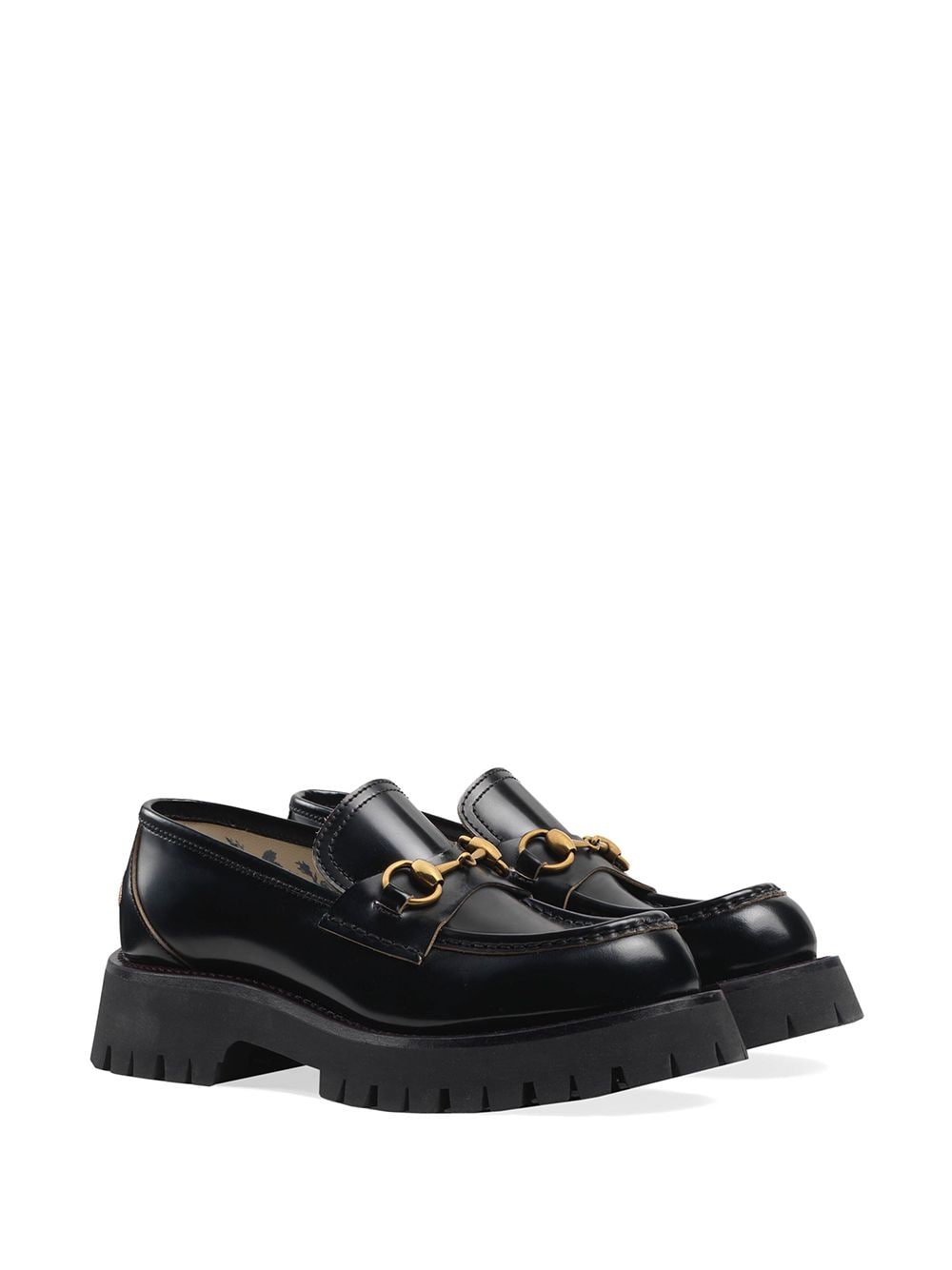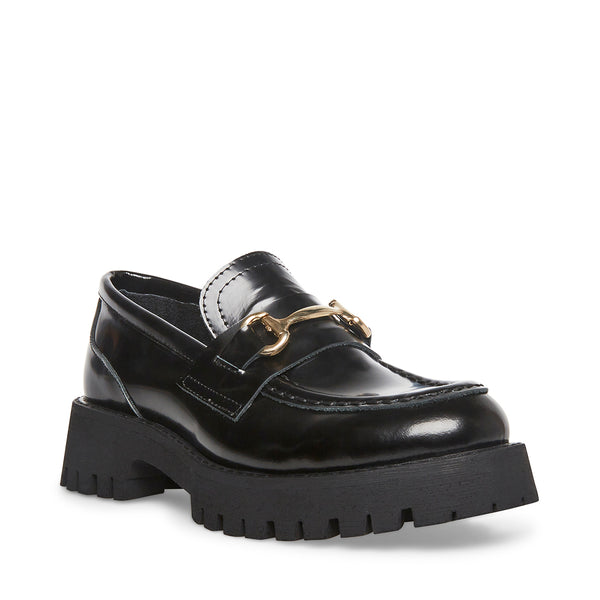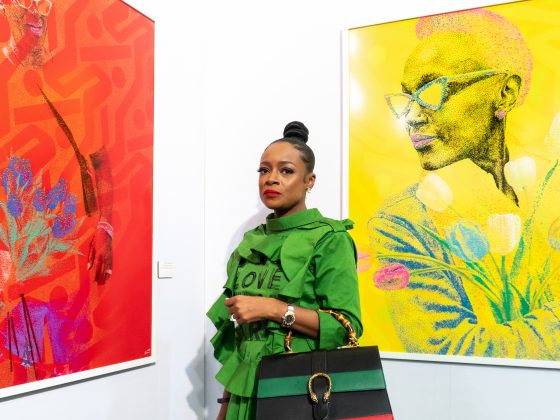What was once considered the ultimate flex on platforms like Instagram and YouTube—flaunting designer hauls and luxury purchases—has taken a backseat for the new generation. For Gen Z, it’s no longer about the price tag or the brand name; it’s about scoring a bargain, sharing their frugal finds with their followers, and showing others how they can do it too. With over 4.3 billion views on TikTok alone, the hashtag #dupe has become a symbol of this cultural shift.
So, what exactly are dupes? Unlike fake or counterfeit items, dupes do not replicate trademarked names, logos, or intricate details that could infringe upon copyright or intellectual property laws. Dupes are essentially affordable alternatives to high-end designer products, closely resembling their luxurious counterparts without the hefty price tag.
The allure of dupes lies in their accessibility. Gen Z, known for their resourcefulness and frugality, are seduced by the idea of luxury on a budget. They’re not willing to compromise their personal style and desire to stay on trend, but they understand the financial limitations of their generation. They are not swayed by labels or brand names. Instead, they seek out unique finds that align with their personal style. The rise of dupes aligns perfectly with this mindset, allowing them to acquire fashionable pieces at a fraction of the cost. By showcasing their budget-friendly hauls on social media platforms like TikTok, they not only build their own fashion identity but also empower their followers to do the same. It’s no longer about showing off luxury; it’s about inspiring and inclusivity.
While the rise of dupes may seem like a win-win situation, there are potential downsides to consider. Experts argue that the cultural acceptance of fake goods, even in the form of legal dupes, can contribute to the devaluation of craftsmanship and the erosion of the luxury industry.
Luxury brands invest heavily in research, design, and craftsmanship, which is reflected in their price tags. By opting for dupes, consumers may inadvertently undermine the value of these qualities, leading to a decline in the demand for genuine luxury items. It is also important to note that while dupes may be legal and not breach copyright or intellectual property laws, they blur the boundaries between authenticity and imitation. This raises concerns about the long-term implications for brand integrity and the potential dilution of the luxury experience. Additionally, the ethical implications of supporting fast fashion and the environmental impact of disposable clothing cannot be ignored.
Some luxury brands have recognised this shift and are embracing it, partnering with influencers and launching more affordable lines to cater to the demand for budget-friendly options. By doing so, they strive to maintain relevance and appeal to a wider audience, including Gen Z consumers who are searching for high-quality alternatives.
Amidst all this, luxury brands now face a new challenge: how to captivate and retain the attention of a generation that values accessibility and affordability. One thing is for sure, though: the era of dupes is here to stay, and it’s up to the fashion industry to find a balance between accessibility and maintaining the allure of luxury.


